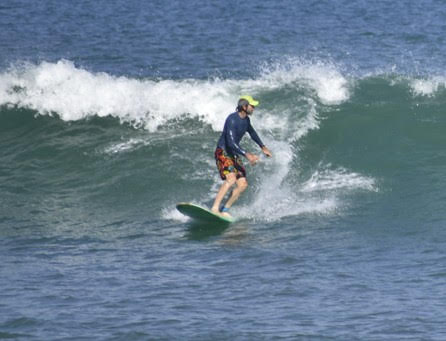Dr. Manny Gabet | San Jose State University
Presenting: "The (Real) Geologic History of the Stanislaus Table Mountains and Yosemite Valley"
Hosted by: Geological Oceanography Lab
MLML Seminar | September 30th, 2025 at 4pm (PDT)

The (Real) Geologic History of the Stanislaus Table Mountains and Yosemite Valley
In 1865, J.D. Whitney published a hypothesis, originally proposed by his colleague Ian Brewer, that the Stanislaus Table Mountains were a form of ‘inverted topography.’ According to this theory, a 10-million year old lava flow had travelled down a mountain canyon and solidified along the river bed. Over time, the adjacent valley walls had eroded down, transforming the lava-capped river bed into a series of ridges that are now recognized as the table mountains. Furthermore, Whitney reasoned that this much erosion could only have been accomplished as a result of tilting and uplift of the Sierra Nevada. Whitney’s explanation was the genesis for the dominant theory that the Sierra Nevada is a relatively young range, having popped up only in the past 5-10 million years. Similarly, the initial formation of Yosemite Valley has also been attributed to recent uplift. In my talk, I will present evidence demonstrating that the Stanislaus River watershed has not undergone any dramatic transformations and that, instead, it looks very much like it did 30-40 million years ago. In addition, I will present evidence showing that Yosemite Valley was initially cut by a river draining a large volcanic plain that once buried the crest of the northern Sierra. Both of these studies, as well as others, contribute to a growing body of evidence that the Sierra Nevada is an ancient range, rising up at least ~40 million years ago.
Dr. Manny Gabet

